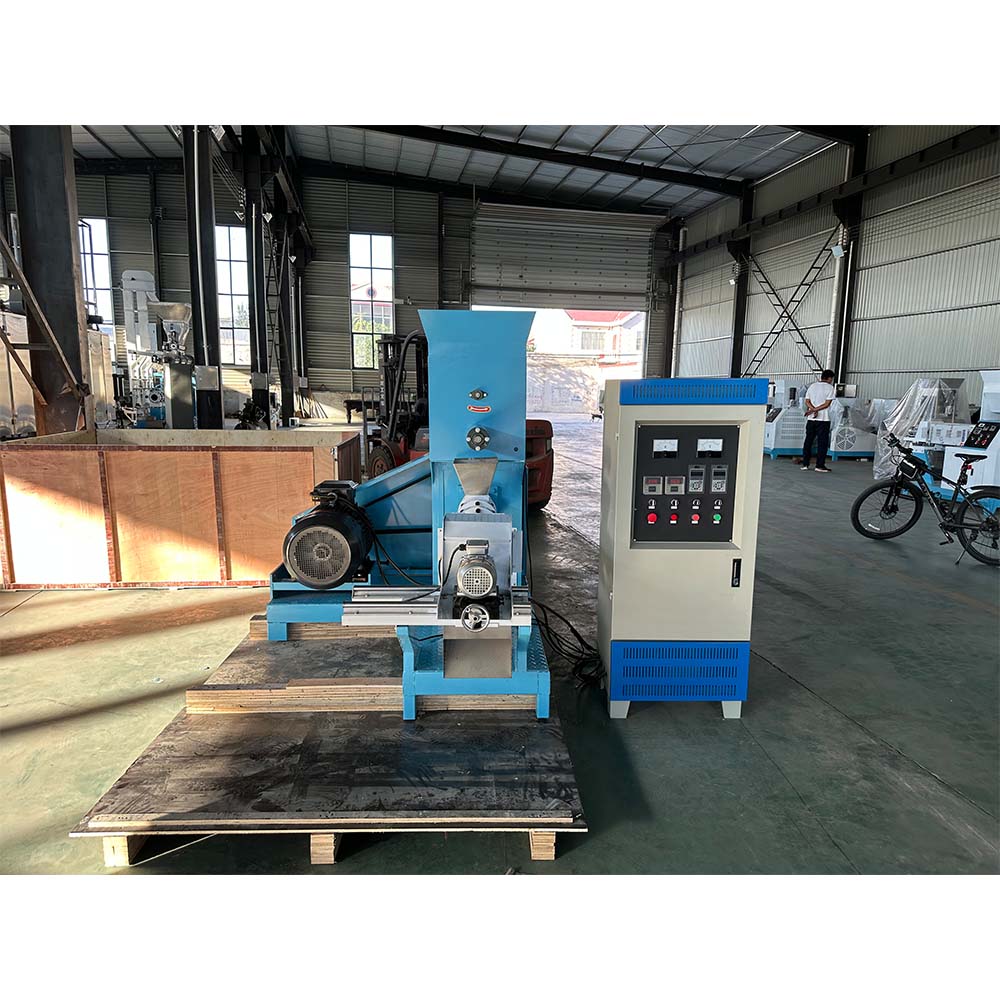poultry scalding tank
Dec . 02, 2024 07:20 Back to list
poultry scalding tank
Understanding Poultry Scalding Tanks Importance in Processing
Poultry processing involves several crucial steps to ensure that the meat is safe for consumption and meets quality standards. One of the most vital stages in this process is scalding, which is performed in scalding tanks. Understanding the function, types, and best practices associated with poultry scalding tanks can enhance processing efficiency and meat quality.
What is Poultry Scalding?
Scalding refers to the practice of immersing harvested poultry in hot water to facilitate feathers' removal. The primary objective is to loosen the feathers, making them easier to pluck. This process also aids in the cleaning of the bird, impacting both hygiene and the final quality of the meat. Scalding typically occurs after the birds have been slaughtered and bled, and before they are plucked.
Types of Scalding Tanks
There are primarily two types of scalding tanks used in poultry processing batch scalding tanks and continuous scalding systems
.1. Batch Scalding Tanks These tanks are designed for smaller processing operations. In batch systems, a specific number of birds is scalded at one time. The water is heated, typically to temperatures between 140°F and 160°F (60°C to 71°C), depending on the type of poultry and the specific processing requirements. Once the batch is scalded for a predetermined time, the birds are removed for plucking.
2. Continuous Scalding Systems More suited for larger operations, continuous scalding systems feature a conveyor belt that moves birds through the scalding tank. This method allows for a steady flow of birds, optimizing processing time. The water temperature and flow rate can be continuously monitored and adjusted to maintain optimal conditions for feather loosening.
Best Practices in Using Scalding Tanks
poultry scalding tank

To maximize the efficiency of poultry scalding tanks, processors should adhere to several best practices
- Temperature Control Maintaining the correct water temperature is paramount. Too hot and the meat can become denatured, leading to loss of quality; too cool and feathers may not loosen properly. Regular monitoring and adjustments are essential.
- Timing Scalding time varies based on the species and age of the bird. Typically, scalding lasts between 30 seconds to several minutes. Processors should be diligent in tracking time to ensure optimal results.
- Water Quality The quality of water used in scalding can impact meat safety and quality. It's advisable to regularly check for contaminants and maintain cleanliness to prevent the introduction of pathogens.
- Efficient Drainage and Disposal After scalding, the water contains feathers, oils, and other biological materials. Ensure efficient drainage systems are in place, along with proper disposal methods for waste products to maintain a hygienic processing environment.
- Regular Maintenance Keeping the scalding tanks in good condition is critical. Regular cleaning and maintenance schedules help prevent buildup and ensure the system functions effectively.
Conclusion
Poultry scalding tanks play a significant role in the poultry processing chain. By facilitating feather removal and enhancing meat hygiene, these tanks are indispensable in ensuring that the final product is safe and of high quality. Understanding the types of scalding tanks available and adhering to best practices can lead to improved efficiency, better meat quality, and a more effective processing operation. For processors, investing in quality equipment and ongoing staff training in scalding techniques is key to maintaining a successful poultry processing business.
-
Automatic Feeding Line System-Pan Feeder Nipple Drinker|Anping County Yize Metal Products Co., Ltd.
NewsJul.29,2025
-
Hot Sale 24 & 18 Door Rabbit Cages - Premium Breeding Solutions
NewsJul.25,2025
-
Automatic Feeding Line System Pan Feeder Nipple Drinker - Anping County Yize Metal Products Co., Ltd.
NewsJul.21,2025
-
Automatic Feeding Line System Pan Feeder Nipple Drinker - Anping County Yize Metal Products Co., Ltd.
NewsJul.21,2025
-
Automatic Feeding Line System - Anping Yize | Precision & Nipple
NewsJul.21,2025
-
Automatic Feeding Line System - Anping Yize | Precision & Nipple
NewsJul.21,2025






